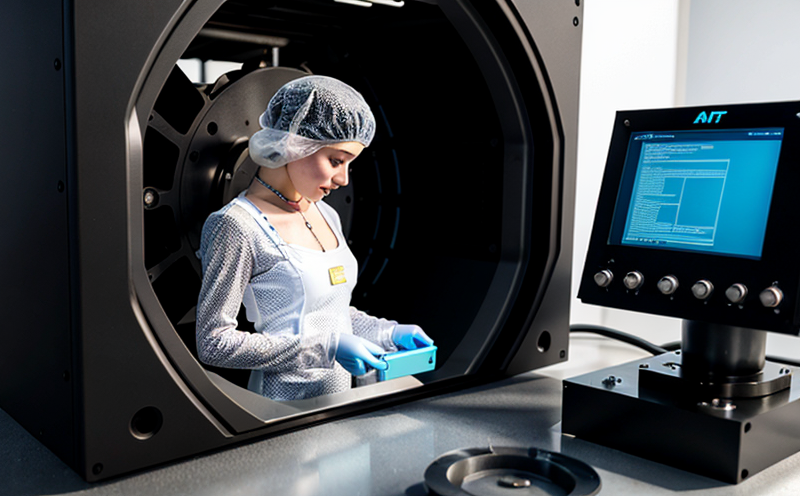ASTM F3301 Standard for Post-Processing and Validation of AM Metals
The ASTM F3301 standard is a critical benchmark in the additive manufacturing (AM) industry, providing protocols for post-processing and validation of metals produced through various AM processes. This standard ensures that metal parts manufactured via AM meet the required mechanical properties and performance standards set by international regulations.
Post-processing steps are essential to refine the microstructure and improve the mechanical properties of AM components. These steps include heat treatment, stress relief annealing, and surface finishing techniques such as polishing or shot peening. The ASTM F3301 standard specifies stringent criteria for these processes to ensure that the final product is reliable and safe for use in demanding applications.
The standard also addresses validation procedures aimed at verifying the quality of AM parts. This involves non-destructive testing (NDT) methods, such as ultrasonic testing, radiographic examination, and magnetic particle inspection, which are used to identify defects like cracks or porosity that may arise during the manufacturing process. Additionally, mechanical testing plays a vital role in validating the material properties of AM components by subjecting them to tensile strength, hardness, and fatigue tests.
The ASTM F3301 standard is particularly important for industries reliant on high-performance metals like stainless steel, aluminum, titanium, and nickel alloys. These materials are commonly used in sectors such as aerospace, automotive, medical devices, and power generation, where part integrity and reliability are paramount.
Compliance with this standard ensures that AM parts meet the stringent requirements of international standards (ISO 9001, AS9100D) and regulatory bodies like the FAA (Federal Aviation Administration). This compliance is crucial for manufacturers looking to enter new markets or maintain their competitive edge in established ones.
The ASTM F3301 standard's impact extends beyond technical specifications; it also influences supply chain management. By ensuring that all parts adhere to this standard, manufacturers can streamline procurement processes and reduce the risk of receiving substandard materials. This consistency across suppliers enhances overall product quality and reliability.
Why It Matters
The ASTM F3301 standard is essential for maintaining high standards in AM metal production. In a sector where precision and safety are non-negotiable, this standard ensures that every part produced through AM meets the highest quality benchmarks. Post-processing and validation steps outlined in the standard help prevent defects that could lead to failures under real-world conditions.
For industries such as aerospace and automotive, where even minor flaws can have catastrophic consequences, compliance with ASTM F3301 is not just a best practice but a regulatory requirement. The standard ensures that AM parts are robust enough to withstand the rigors of their intended applications without compromising safety or performance.
The significance of this standard also lies in its role in fostering innovation within the AM industry. By providing a clear set of guidelines, ASTM F3301 encourages manufacturers to explore new materials and processes while maintaining quality control standards. This balance between innovation and compliance is critical for driving advancements in AM technology without sacrificing product reliability.
Benefits
The adoption of the ASTM F3301 standard brings numerous benefits to manufacturers involved in additive manufacturing. One of the primary advantages is enhanced confidence in the quality of AM parts, which translates into increased customer satisfaction and trust. By adhering to this standard, companies can ensure that their products meet or exceed industry expectations for durability, reliability, and safety.
From a regulatory standpoint, compliance with ASTM F3301 simplifies the process of obtaining certifications and approvals from governing bodies like the FAA or European Union Aviation Safety Agency (EASA). This reduces the time and cost associated with navigating complex regulations, allowing companies to focus more on product development rather than administrative burdens.
Another key benefit is improved supply chain efficiency. When all parts produced through AM adhere to a consistent standard, it becomes easier for manufacturers to source materials from reliable suppliers who also comply with these stringent requirements. This consistency minimizes variability in part quality and ensures that every component performs as expected across different production runs.
The standard also supports continuous improvement efforts within manufacturing facilities. Regular audits against ASTM F3301 guidelines help identify areas where processes can be optimized for better efficiency or reduced defect rates. Over time, this leads to more efficient operations and higher-quality outputs.





